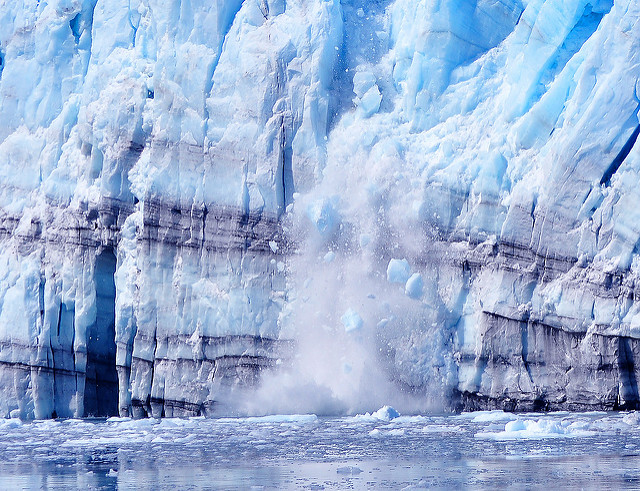The world is 1.2° C warmer in 2016 than the pre-industrial temperature levels, according to the World Meteorological Organisation (WMO).
In a preliminary assessment provided by the WMO in its Status of the Global Climate in 2016 report, the global UN weather agency said that 2016 is going to be the hottest year on record, with temperatures across the globe soaring higher than even the last three years.
The WMO secretary General, Petteri Taalas, speaking at the COP 22 summit at the launch of the report said that although the extra heat from the powerful El Niño event has diminished, the heat from global warming will not end.
Multiple months of 2016 have set different monthly temperature records, influenced by a very strong El Niño event.
“Sixteen of the 17 hottest years on record have been this century,” noted the agency.
Taalas said, “In parts of Arctic Russia, temperatures were 6°C to 7°C above the long-term average. Many other Arctic and subarctic regions in Russia, Alaska and northwest Canada were at least 3°C above average. We are used to measuring temperature records in fractions of a degree, and so this is different.” He added, “Because of climate change, the occurrence and impact of extreme events has risen. ‘Once in a generation’ heatwaves and flooding are becoming more regular. Sea level rise has increased exposure to storm surges associated with tropical cyclones”.
Some scientists have said that it is very likely, we could cross 1.5 degrees for good by 2030.
The WMO report highlighted the major weather events responsible for increasing global warming levels in 2016. The most significant was Hurricane Matthew affecting Haiti and parts of the U.S. “There have been 78 tropical cyclones globally in 2016 as of October 31, close to the long-term average,” the report read. The year began with an extreme heat wave in southern Africa, worsened by the ongoing drought. The report also mentions Phalodi in Rajasthan, India which set a new record for heat in India recording 51.0°C on May 19.
Responding to WMO’s alarming findings, ActionAid climate change policy expert Teresa Anderson said that this year over 400 million people were affected by the “El Niño” weather event, causing droughts around the world.
The El Niño event also accelerated a surge in global sea levels, which rose 15 millimeters between late 2014 and early 2016, outstripping the usual speed of around 3 millimeters per year, the WMO reports.
While the WMO relied on data from NASA and the National Oceanic and Atmospheric Administration in proclaiming the 2016 record, the weather agency has not itself come out with its own records yet. It will most probably do so early 2017 once all the data is in. The WMO has said that its report is “provisional” and will be updated early next year.




























